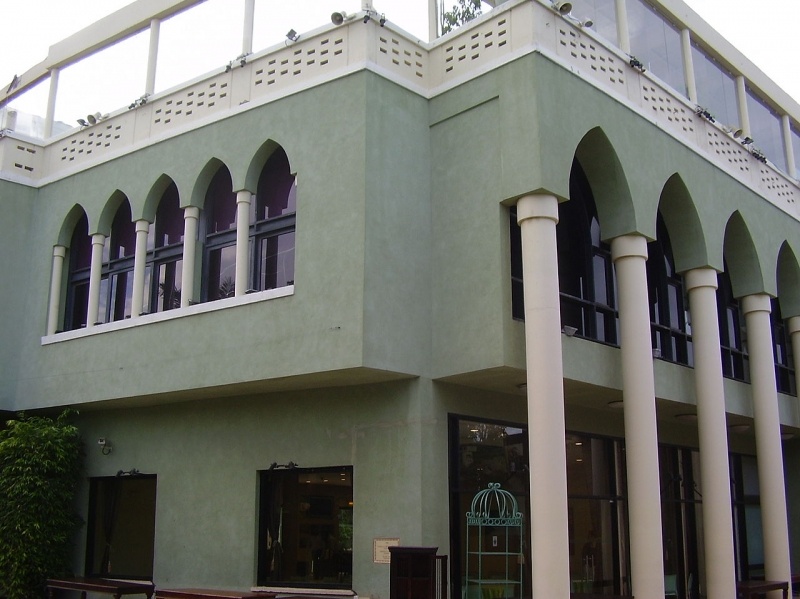After the evacuation of the village, Jewish forces occupied Sheik Muwannis and used many of the village houses as military safe havens. Namely, the Green House owned by Abu Kheel Ibrahim was seized and used by military staff, functioning as its Lehi headquarters. Between 1949 and the 1980s, homeless Jewish settlers used the Green House as a safe haven.
Although the landscape of the village has faded away and different plans have been imposed on the village, the area started to lose its Palestinian character and was replaced with the town of Ramat Aviv, established in the 1950s and resulting in the development of the Tel Aviv University's Ramat Aviv Campus which covers the majority of the village area and was established in 1963.
However, Tel Aviv University made a controversial decision in 1991 to expand its campus over the village's remaining area, which included the Green House. Rather than demolishing the building, they reconstructed it according to the architectural plans of Italian architect Camillo Manfredi, who was selected during an architecture competition conducted by the university. However, that reconstruction unfortunately ruined the original form of the house, turning it into some Oriental-type house. The building was predominantly used as a faculty club of the university that have mentioned the house in its official documents by referring its historical background and how the building survived from Ottoman times to British mandate and Israel era.
Still, the university never mentioned what happened to the residents of the village. For a long time, the building has been used as faculty lounge and club under the name of Marcel Gordon. After a few renovation projects the building is now used for private organizations under a new name, Camillo.



